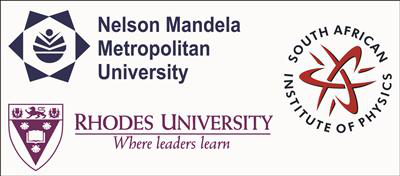Speaker
Apply to be<br> considered for a student <br> award (Yes / No)?
No
Main supervisor (name and email)<br>and his / her institution
N/A by Dr Igle Gledhill is aware of the field of development and reseacrh
Would you like to <br> submit a short paper <br> for the Conference <br> Proceedings (Yes / No)?
No.
Level for award<br> (Hons, MSc, <br> PhD, N/A)?
N/A
Abstract content <br> (Max 300 words)<br><a href="http://events.saip.org.za/getFile.py/access?resId=0&materialId=0&confId=34" target="_blank">Formatting &<br>Special chars</a>
The emphasis in power generation internationally is currently placed on alternative ways of producing electricity. One of the technologies employed is the utilization of the energy contained in moving air i.e. wind turbines.
In general the size of these wind turbine structures is growing bigger and bigger with the associated increase in stresses and strains experienced not only by the support structure but by also the energy conversion system i.e. the blades of the turbines.
The blades are rotating at tip speeds just below the speed of sound and hence the impacts by foreign objects, such as bird and lightning strikes, cause serious harm to the system. Areas affected by these external influences generally allow rain water or condensation to ingress into the structure. This ingress causes imbalance forces which then affect the main bearing and the generator which are both located in the nacelle more than 100 meters above the ground.
Technology exists to assess the quality of the highest stressed components before they are placed in position at enormous heights. These finger prints allow then that one can perform inspections in situ without having to guess what the origins of the indications detected could be.
All the technologies employed in the NDT operation can be classified as applied physics, as the bases of the technologies is always a material parameter which can be measured by some sensor, which then again is based on some physical principle.
It is the aim of this paper to briefly describe some of the technologies available to inspect these giant structures and to indicate where there are areas which still warrant research, both in the field of solid state physics and radiation detection is the infrared and near-infrared part of the EM spectrum.
Please indicate whether<br>this abstract may be<br>published online<br>(Yes / No)
Yes

